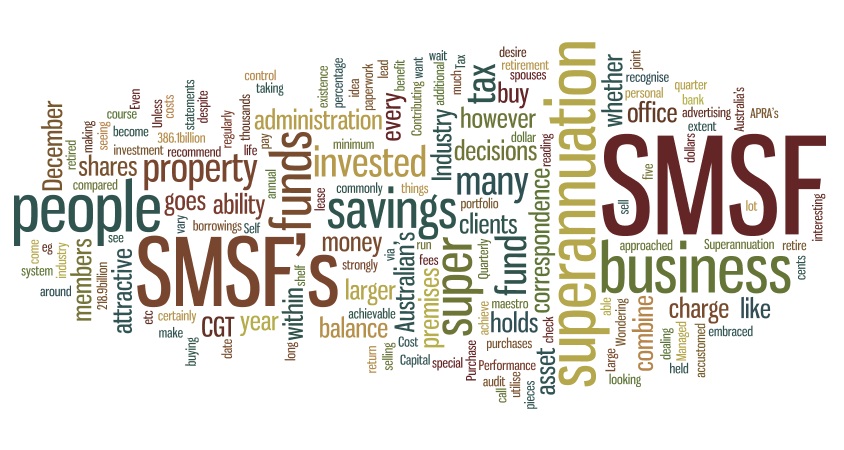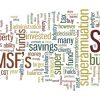The desire for greater control and flexibility of one™s retirement savings continues to be a major driver behind the ever-increasing number of self managed superannuation funds (SMSF) being established. According to the latest Australian Tax Office figures, the number of SMSFs has been steadily rising for the past 8 years with 478,263 SMSF funds registered as at 30 June 2012. (Source: Australian Taxation Office).
What differentiates a SMSF from public offer or corporate superannuation funds is that the owner has full control over the investments they make within the fund for their retirement. There is also greater flexibility around the investments an SMSF may hold. With the control and flexibility comes the responsibility of running the fund in accordance with the law. This includes reporting to the ATO each year on the operation of the SMSF.
The time and skills required to run an SMSF successfully means they are not for everyone. The following questions will help those considering running their own fund as well as those who have already set one up to decide whether it is for them. Due to many of the complexities involved in running an SMSF, professional advice is always recommended.
Q: How many members can I have?
A: An SMSF can have between one and four members.
Q: Does each member need to be a trustee?
A: Each member of the fund must be trustee of the fund and it is their responsibility to run the fund and make decisions that affect the retirement interests of each fund member.
A trustee can also be a company or a corporate trustee. Under a corporate trustee structure, each member of the fund is appointed as a director of the corporate trustee.
Q: What is the benefit of a corporate trustee?
A: A corporate trustee can be a good option if there is only one fund member; if the fund members change or die or there is a chance the fund will outlast its original members.
Q: What is the trust deed?
A: A trust deed is a legal document that sets out the rules for establishing and operating an SMSF including things like the fund™s objectives, who can be a member and how benefits are paid.
Q: What can I invest in?
A: The super laws don™t tell trustees what they can and can™t invest in but there are certain investment restrictions they need to comply with. Investments must be made on a commercial, ˜arm™s length™ basis and generally assets cannot be bought from fund members or lent to fund members to buy assets.
In addition to cash, fixed and investment property, a SMSF can invest in collectibles provided that the investment is for the sole purpose of each members benefit. This ˜sole purpose test™ restricts members from having use of or access to the assets of the SMSF. Extreme caution should be used when evaluating non-mainstream investments such as collectibles, and professional advice should always be sought.
Q: Can an employer and employee be members of the same SMSF?
A: No they can™t, however an exception to this rule is if they are related.
Q: Can I transfer my existing residential investment property into my SMSF?
A: No. You cannot transfer a residential investment into your SMSF.
Q: Can I transfer a business premises I own into my SMSF?
A: There are many factors that need to be considered for this to occur. The only real estate you can transfer into your SMSF is business real property. Business real property is defined in the super laws as: any freehold or leasehold interest in real property where the real property is used wholly and exclusively in one or more businesses (whether carried on by the entity or not).
Q: Can I buy a new investment property through my SMSF?
A: An SMSF can buy an investment property provided the trust deed allows for property to be purchased and the property forms part of the fund™s investment strategy. Any property purchase must be at an arm™s length basis. Fund members and their related parties can™t use the property.
Q: Can I use borrowed funds to buy an investment property through my SMSF?
A: Yes, but there are strict rules governing how the loan and subsequent property purchase is structured. Borrowing through an SMSF to buy an investment property must be done under a limited recourse borrowing arrangement that keeps the property separate from the fund™s other assets. This ensures that if the fund can™t make its loan repayments, the bank and any interested parties will only have recourse over the property, not other fund assets.
Running an SMSF even with professional help shouldn™t be taken lightly. The flexibility appeals to many people, but the additional responsibility is also a serious consideration. You should always seek professional tax advice before acting.














